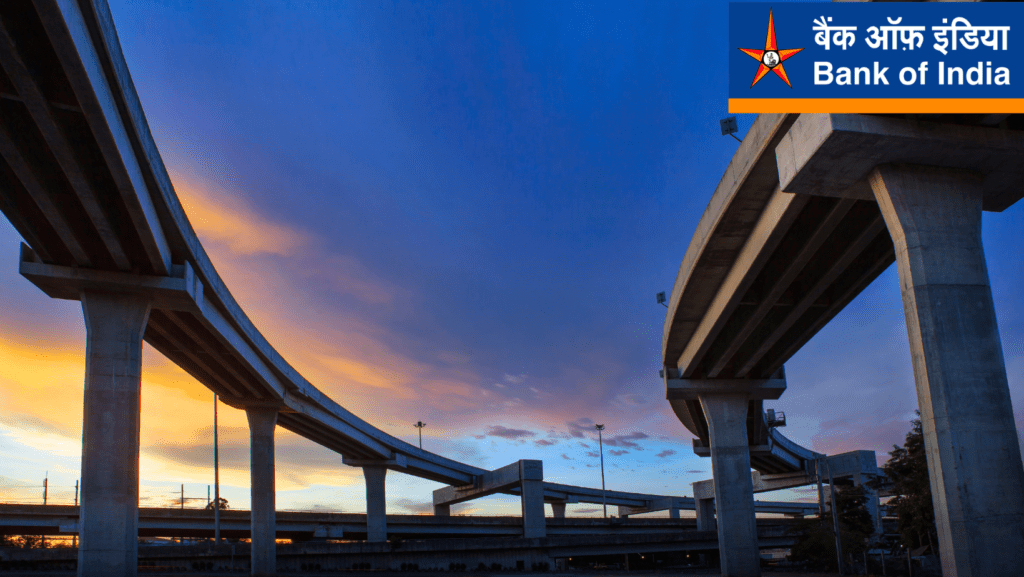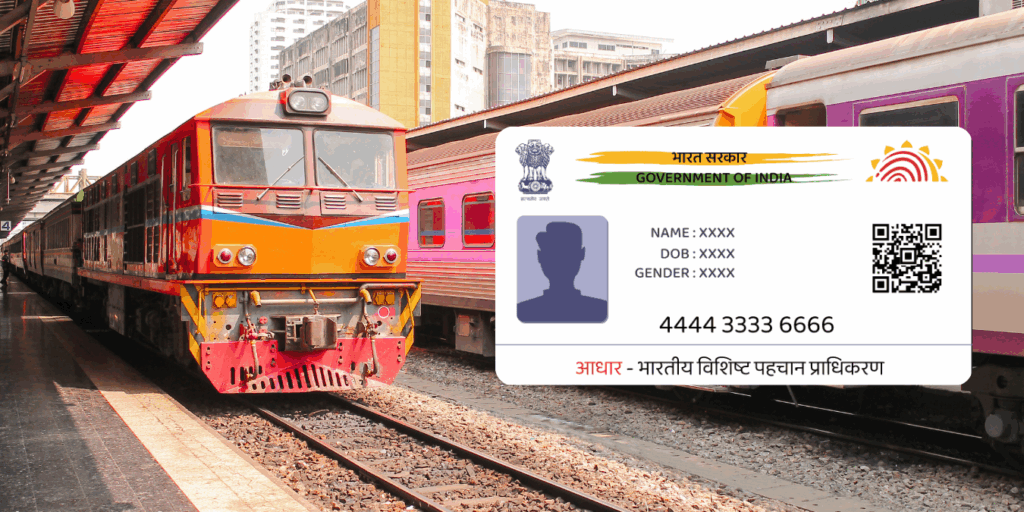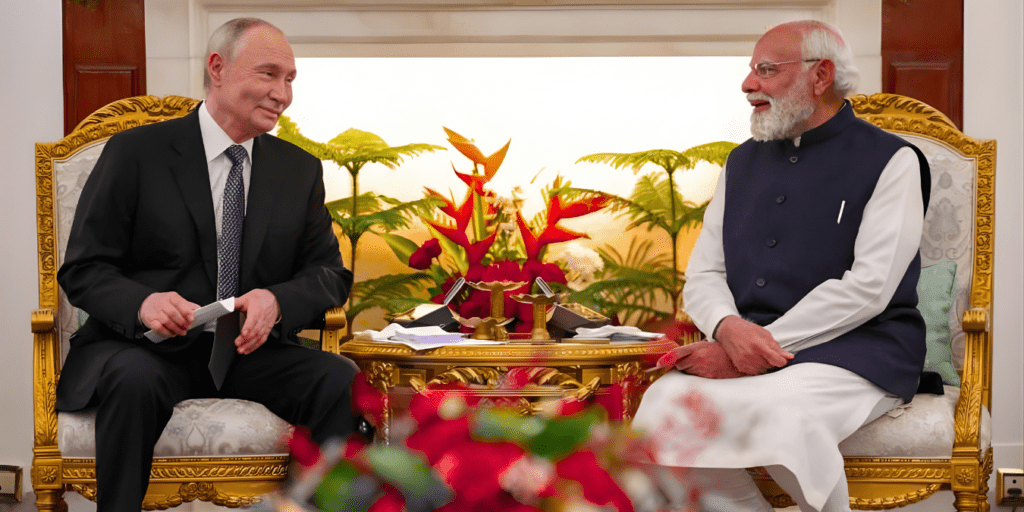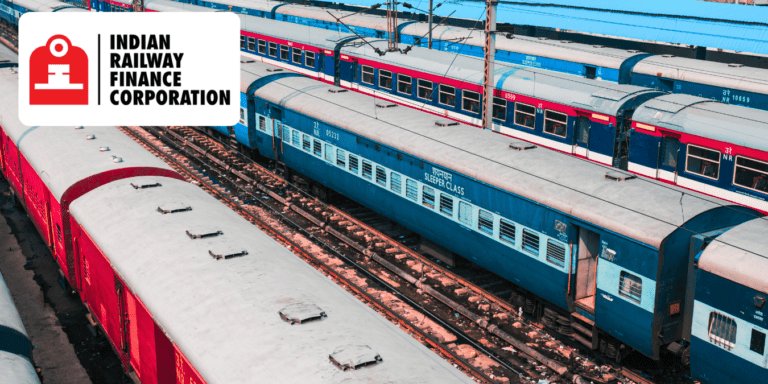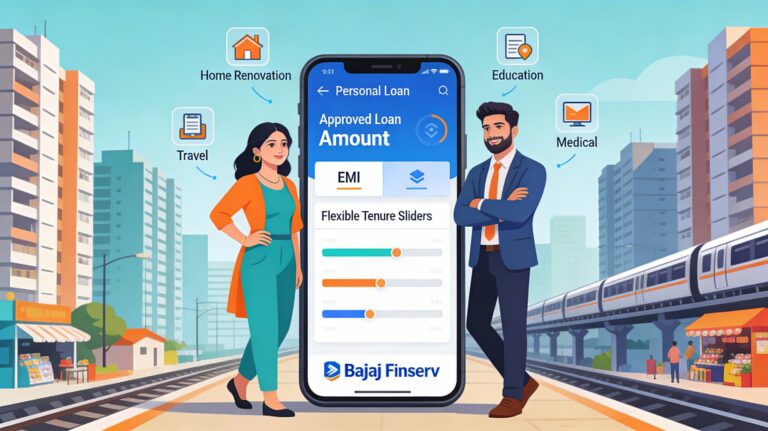
Will the Central Government Health Scheme (CGHS) vanish in 2025? As the 8th Pay Commission looms, whispers of CGEPHIS, a cashless, nationwide insurance model, spark suspense. With 42 lakh employees and pensioners awaiting reform, this could end CGHS’s urban-centric flaws and reimbursement woes. Backed by 2025’s digital upgrades, will this healthcare revolution deliver?
Central Government Health Scheme (CGHS) — a trusted pillar of healthcare for millions of Indian central government employees and pensioners — stands on the brink of a historic transformation as the 8th Pay Commission approaches. A question stirring intense curiosity and debate across government circles is whether CGHS will finally be replaced with a new insurance-based healthcare scheme under the 8th Pay Commission’s reforms. This blog post explores the current landscape, the roots of this impending change, the failed past attempts, and the game-changing prospects of the rumoured new insurance model, backed by the freshest 2025 insights.
CGHS: The Legacy and Its Limitations
Established decades ago, the Central Government Health Scheme (CGHS) has been the backbone for providing affordable medical care—including consultations, diagnostics, medicines, and hospital services—to central government employees, pensioners, and their dependents. With physical dispensaries and empaneled hospitals in select cities, CGHS has been vital in filling a significant healthcare gap. However, its limited geographical reach confines beneficiaries predominantly to major urban centres, leaving millions underserved, especially in remote or tier-2 and tier-3 cities.
Over the years, successive Pay Commissions—the 5th, 6th, and 7th—have flagged persistent issues: inadequate hospital empanelment, cumbersome reimbursement processes, limited accessibility beyond key areas, and out dated administrative systems that hamper service delivery. Despite several reforms like linking CGHS cards with Ayushman Bharat Health Account (ABHA) and digital upgrades initiated in 2025, the scheme still faces challenges that impact its efficacy and user satisfaction.
Shortcomings of CGHS That Driving Talks for Insurance Replacement
The specific shortcomings of CGHS driving talks of its replacement by an insurance-based scheme under the 8th Pay Commission include:
- Limited Geographical Coverage: CGHS facilities are concentrated mainly in metropolitan and larger cities, restricting access for government employees and pensioners living in tier-2, tier-3 cities, and rural areas. This leaves millions underserved or forced to rely on reimbursements rather than direct care.
- Inadequate Hospital Network: The scheme empanels a limited number of hospitals and dispensaries, often leading to overcrowding in CGHS centers and forcing beneficiaries to pay out-of-pocket or seek expensive private care without cashless benefits.
- Cumbersome Reimbursement Process: Many beneficiaries face delays and complexities in reimbursing medical expenses incurred outside CGHS or empaneled facilities, leading to dissatisfaction and financial stress.
- Administrative Inefficiencies: The CGHS system has been hampered by outdated manual processes and bureaucratic hurdles, limiting transparency, efficiency, and timely service delivery, despite recent digital upgrades.
- Inflexibility in Services and Coverage: CGHS largely operates on a fixed set of services and restricts patient choice in treatments and hospital selection, which modern insurance schemes aim to overcome by offering broader coverage and flexibility.
- Lack of Cashless Treatment Outside Major Centers: Beneficiaries often bear upfront costs and then apply for reimbursement, especially when treated outside CGHS-covered cities, undermining affordability and ease of healthcare access.
These shortcomings collectively have motivated the Indian government to contemplate transitioning to an insurance-based model, promising wider accessibility, seamless cashless claims, enhanced service networks, and modern administration to better serve central government employees and pensioners.
From TDS to TCS: How Budget 2025 is Making Taxes Easier for Everyone
What If You Can’t Afford It? When Should Young Professionals Start Contributing to Family Expenses?
Indian Stock Market Outlook for Monday, September 1, 2025
SIB Gold Xpress Redefines Digital Gold Loans: 30-Minute Loans, 90% of Your Gold’s Value
The 8th Pay Commission: A New Dawn?
The 8th Pay Commission, set to be formally launched by January 2026, is generating unprecedented anticipation within government circles. Beyond the usual salary revisits and pension hikes, a pivotal focus is poised to be healthcare benefits—a domain ripe for reform. Media and expert reports throughout 2025 suggest that the government is seriously considering replacing the CGHS with a modern, insurance-based scheme called the Central Government Employees and Pensioners Health Insurance Scheme (CGEPHIS).
The 2025 policy signals suggesting that the 8th Pay Commission will recommend replacing CGHS with a new insurance-based scheme include:
- Major Digital Modernization of CGHS in 2025: The government implemented a fully digital Health Management Information System (HMIS), launched the MyCGHS mobile app, and introduced faster approvals and digital payments. These reforms modernize CGHS but also signal readiness for more comprehensive changes like an insurance-based model under the 8th Pay Commission.
- Strong Discussions and Stakeholder Expectations: There is widespread anticipation and discussion within government circles and employee groups about the replacement of CGHS with the proposed Central Government Employees and Pensioners Health Insurance Scheme (CGEPHIS) to expand healthcare scope and benefits.
- Past Pay Commissions' Recommendations Favouring Insurance: The previous 6th and 7th Pay Commissions had already recommended transitioning from the government-run CGHS to an insurance-based model. The 8th Pay Commission is expected to take these recommendations further.
- Official Statements and Proposals: Staff representatives have submitted wish lists to the 8th Pay Commission emphasizing implementation of cashless medical benefits and hassle-free healthcare, indicating government consideration of insurance-based reforms.
- Delayed but Approaching Formality of 8th Pay Commission: Though its Terms of Reference and appointments were pending in mid-2025, government announcements hint the commission will soon begin work including healthcare benefit reforms, adding to the belief that CGHS replacement is imminent.
- Union Minister Statements on Enhancing Healthcare Services: Recent government signals, including promises to revise CGHS rates for better services, set a precedent of upgrading healthcare benefits, possibly through new insurance-based schemes.
These signals together suggest a strong governmental intent that the 8th Pay Commission will recommend replacing CGHS with a modern, wider-coverage, insurance-based healthcare scheme for central government employees and pensioners.
Why Insurance-Based Healthcare?
Switching to an insurance-based scheme aligns with the government’s larger vision of universal, accessible, and efficient health coverage for its workforce. It promises:
- Nationwide Coverage Expansion: Unlike CGHS, which is limited primarily to select cities, CGEPHIS aims to provide a broad network of empaneled hospitals across urban and rural India. This would enable beneficiaries to avail cashless treatment near their residence regardless of location, bridging the current geographical gaps.
- Cashless Hospitalization Facility: CGEPHIS would be built on insurance principles where empaneled hospitals settle treatment bills directly with the insurance company. Beneficiaries would not need to pay upfront or seek reimbursements, reducing out-of-pocket expenditure and financial stress during medical emergencies.
- Streamlined Claims Process: Integration of advanced digital platforms with real-time claim processing would allow faster, transparent, and hassle-free approval of cashless claims. This contrasts with CGHS’s slower, manual reimbursement system.
- Private Hospital Inclusion: The insurance model can empanel a wider range of private hospitals with cashless options, thus increasing treatment choice and access to specialty care without financial barriers.
- Enhanced Portability: Beneficiaries could access cashless treatment seamlessly across states and cities within the insurance network, facilitating healthcare access anytime and anywhere in India, a feature limited in the current CGHS model.
This transformative approach could set a benchmark in government employee welfare, modernizing decades-old healthcare frameworks and bridging critical service gaps.
A Wait That Stretches Decades
Interestingly, this is not the first time the CGHS replacement chatter has surfaced. Prior Pay Commissions too advocated the introduction of a revamped insurance-based health model. The reason why change has been elusive lies in the complexities of transitioning millions of beneficiaries without service disruption, large-scale coordination between government and private sector entities, and regulatory challenges.
Yet, the persistent limitations of CGHS—combined with the success of insurance-based health schemes in the private sector and states—have kept the momentum alive. The 8th Pay Commission’s formulation appears to be this long-awaited turning point.
Key 2025 Developments: Digitalization and Modernization
Despite the pending overhaul, 2025 saw significant steps towards modernizing CGHS’s digital infrastructure. The Ministry of Health & Family Welfare launched a new Health Management Information System (HMIS) developed by C-DAC that replaced decades-old software. This platform offers real-time application tracking, PAN-linked beneficiary IDs to curb duplication, integrated payment systems for contribution, and improved cybersecurity protocols.
Mandatory use of the official CGHS portal for payments from April 28, 2025, streamlined application processes, and enhanced card issue norms are part of these efforts. These modernizations not only improve the scheme’s current usability but also create a prepared digital backbone for any future large-scale health insurance rollout.
What This Means for Employees and Pensioners
For the estimated 50 lakh central government employees and millions of pensioners, this potential healthcare shift from CGHS to an insurance-based scheme could mean:
- Access to a wider hospital network across urban and rural India.
- Reduced out-of-pocket expenditure through cashless treatment.
- Simplified claim processes increasing transparency and speed.
- More equitable healthcare benefits aligned with contemporary needs.
- Possibly improved health insurance coverage for dependents as well.
However, transition concerns remain. Employees and pensioners keenly await clarity from the government on scheme eligibility, premium contributions, coverage scope, and safeguards for existing benefits.
Suspenseful Twists Ahead: The Waiting Game
The twist in this unfolding story is the delayed formal constitution of the 8th Pay Commission. Although preparations were reported to be in progress since early 2025, including the collection of stakeholder inputs, the government had not officially notified the Terms of Reference (ToR) or appointed commission members as of August 2025. The timing of the announcement and details of the healthcare proposals remain the most awaited revelations.
With competing priorities in public finance and policy, the stakes for millions are high. Will the government deliver on the promise of holistic healthcare reform, or will CGHS continue with incremental tweaks alone? The suspense adds emotional weight to this reform saga, resonating deeply with employees and retirees who see healthcare as a core pillar of their welfare.
Final Thought: A Healthcare Revolution in Waiting
As India advances into 2025 and beyond, the anticipated replacement of CGHS with an insurance-based scheme under the 8th Pay Commission holds transformative promise. This is not just a policy tweak but a potential revolution in how government employees and pensioners access healthcare—modern, wider-reaching, efficient, and compassionate.
For every government employee and retiree awaiting this change, staying informed, active in dialogue, and vocal about expectations will be crucial. The looming healthcare overhaul could mark a defining moment of empowerment and security, but only if implemented with care and clarity.
In the fast-evolving landscape of Indian public sector welfare, this is a story that promises suspense, hope, and a future where healthcare is more accessible and dignified for those who serve the nation.
Stay tuned for official announcements, and prepare to embrace what could be the next giant leap in public healthcare benefits in India.













